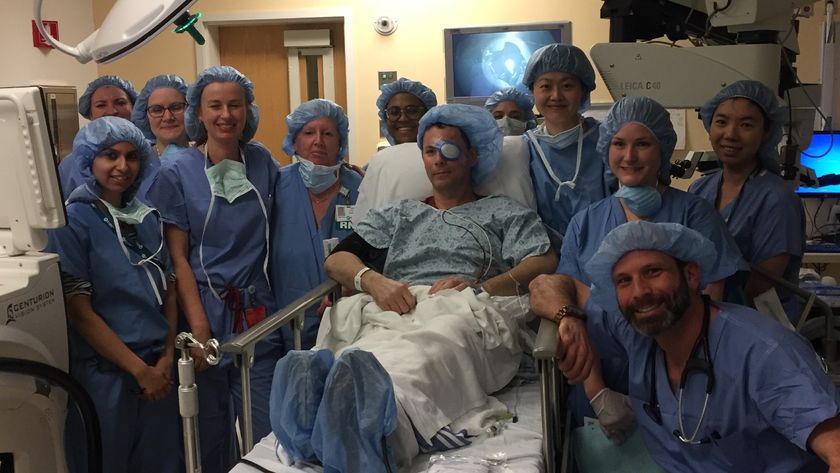More Than Two-Thirds of Patients Have Leftover Opioids After Surgery

Most patients who are prescribed opioids after surgery don't take all of the prescribed pills, leaving leftover opioids that could be used inappropriately, a new review of studies finds.
Between 67 percent and 92 percent of the patients included in the review reported that, after a surgical procedure, they had unused opioids left over from a prescription. In addition, more than 70 percent of the patients in the review said they stored the leftover drugs in an unlocked location, such as a medicine cabinet, according to the review, published today (Aug. 2) in the journal JAMA Surgery.
An estimated 3.8 million Americans use opioids improperly each month, according to the 2015 National Survey on Drug Use and Health, an annual survey on drug use. And more than half of the people who misused the drugs said they got the pills from a friend or relative in at least one of the following ways: They were given the pills for free, they paid for them or they took them without asking, according to the review. [America's Opioid-Use Epidemic: 5 Startling Facts]
Surgery is often the first time a person is given a prescription for opioids, the authors, led by Dr. Mark Bicket, an assistant professor of anesthesiology and critical care at The Johns Hopkins University School of Medicine in Baltimore, wrote.
Patients who are prescribed opioids for the first time after having surgery may "inadvertently transition" into chronic users of the drugs, which include OxyContin and Vicodin, the researchers wrote. But it's also possible that patients do not use all of the opioids prescribed but do not get rid of the drugs. As a result, these pills could be taken improperly, the researchers said.
The U.S. Food and Drug Administration recommends returning leftover opioids to the pharmacy or a drug take-back program, or flushing the medication down the sink or toilet.
In the review, the researchers looked at data from six studies that included, in total, more than 800 patients. The people in the studies were prescribed opioids after having one of seven types of surgery, including cesarean sections and orthopedic surgeries, between January 2011 and December 2016.
Sign up for the Live Science daily newsletter now
Get the world’s most fascinating discoveries delivered straight to your inbox.
The researchers found that a minority of patients (up to 21 percent) reported that they never filled their opioid prescription, and that another small group (7 to 14 percent of patients) reported filling the prescription but never taking the painkillers.
When patients did fill their prescription and used the opioids, many pills went unused, the researchers found: 42 to 71 percent of the pills dispensed were not taken. The main reasons people said they didn't take all of the opioid painkillers were that they weren't in pain or they were concerned about side effects. Only one of the studies in the review asked patients if they were concerned about becoming addicted to the drugs; 8 percent of the people in that study said yes.
The researchers also focused on how people stored and disposed of their opioids. Up to 77 percent, they found, kept the medicine in unlocked locations. A minority of patients (between 4 and 30 percent) planned to dispose of, or actually disposed of, the unused pills.
Safely storing opioids is important, the researchers wrote in the review. Making the drugs less accessible reduces the risk that other household members, such as adolescents, will misuse the painkillers, the researchers said.
However, the researchers noted that the review had several limitations. For example,the studies varied in how they gathered information on opioid use and not all of the studies asked the participants if they had used the drugs in the past. Including additional studies that focused on more types of surgery would strengthen the findings, they said.
Originally published on Live Science.













